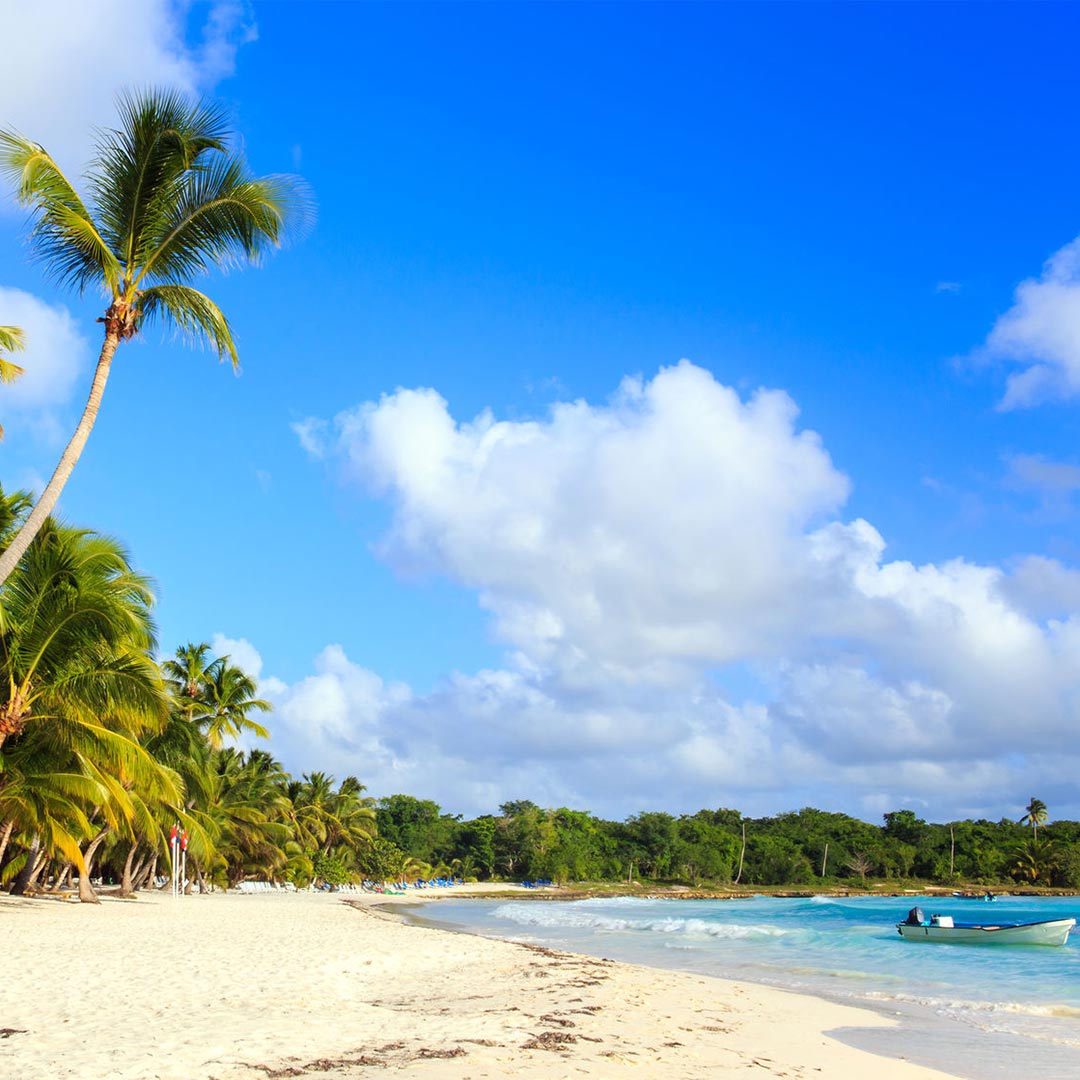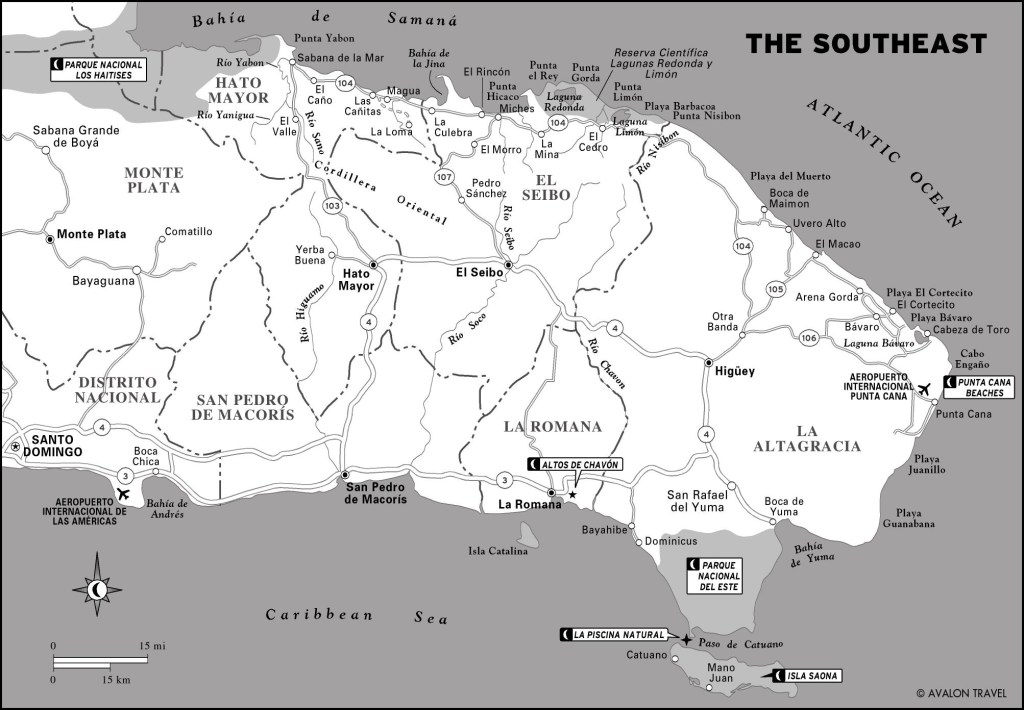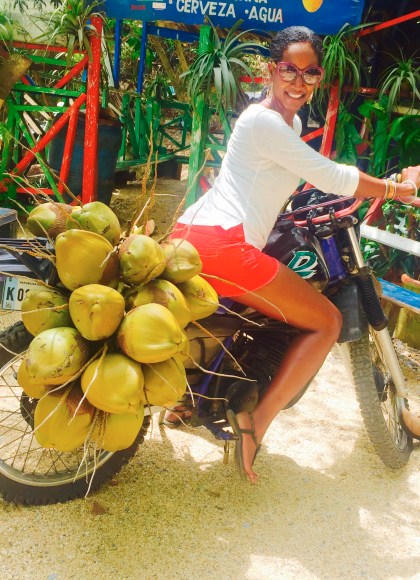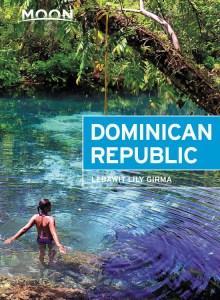Visiting Parque Nacional del Este, Dominican Republic
At the southeastern tip of the Dominican Republic and accessible on foot from Bayahibe or via a short drive from La Romana town, the magnificent Parque Nacional del Este (9am-5pm daily, entry fee US$2.20) has been a protected nature reserve since 1975 and is the crown jewel of the southeastern coast.

Approximately 790 square kilometers (305 square miles) of the reserve encompass both land and sea. On land there is a subtropical rainforest and a dry forest that can be explored via a 2-kilometer (1.24-mile) trail known as the Sendero del Padre Nuestro. It will take you to Taíno caves with pictographs and the springs around which they once lived. The sea portion of the park includes the popular offshore islands of Saona, Catalina, and Catalinita, as well as the natural pool area of La Palmilla. There are over 400 caves within the park. The most well-known is Cueva del Puente, easily hiked on foot.
The park is home to at least 539 species of flowers. It also makes a great birding excursion. It is home to 144 types of birds, including unique ones such as the brown pelican, the red-footed boobie, the barn owl, and the Hispaniolan parrot. A large frigate bird colony convenes at Bahia de las Calderas, a bay on the southern coast of the park.
You can also expect to see sea turtles on Saona Island. This is the most important nesting site in the country, and nesting season lasts from March through November and attracts hawksbill, green, and leatherback species. Spotted and bottlenose dolphins roam the seas surrounding the islands, as well as the rare humpback whale and manatees. On dry land, the endangered rhinoceros iguana range up to 1 meter (4.5 feet) in length and as heavy as 9 kilograms (20 pounds).
Newsletter Signup
By clicking ‘Sign Up,’ I acknowledge that I have read and agree to Hachette Book Group’s Privacy Policy and Terms of Use
Caving in Parque Nacional del Este
With well over 400 caves, the park is a spelunker’s dream. But even for the casual explorer, many are easily hiked on foot, such as the well-known Cueva del Puente. The underground wet Cueva de Chicho is filled with a crystal clear manantial or freshwater spring, around which you can spot over 20 original Taíno petroglyphs. Open Water and Advanced Divers can indulge in 9-meter (30-foot) to over 30-meter (100-foot) waters filled with the larger Caribbean critters, along with stalactite and stalagmite formations. Contact Scubafun (Calle Principal 28, Bayahibe, tel. 809/833-0003, single-tank dive, US$84pp.) for more information; they specialize in cave diving in this area.
Getting There and Around
To tour the various areas of the park, whether the trail or the islands, you must be accompanied by a licensed guide. The park’s own guides are available at both park entrances (from either the Boca de Yuma side or from Bayahibe). Note that camping is not permitted. The best way to tour the sea portion of the park is to hop on a boat excursion with one of the tour companies in Bayahibe. If you have time, or you’re a cave diver, throw in the Padre Nuestro Trail.
If you’re arriving by car, you’ll use the western entrance to the park, in Bayahibe. You can reach the entrance by taxi or on foot from downtown Bayahibe also. If you’re coming from the east (Punta Cana), the entrance is at Boca de Yuma, and will need to be reached by car.

Newsletter Signup
By clicking ‘Sign Up,’ I acknowledge that I have read and agree to Hachette Book Group’s Privacy Policy and Terms of Use
Pin it for Later


